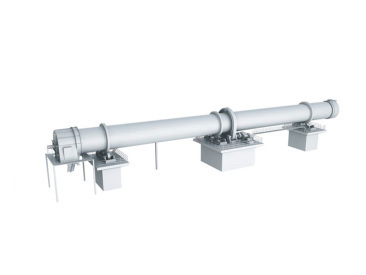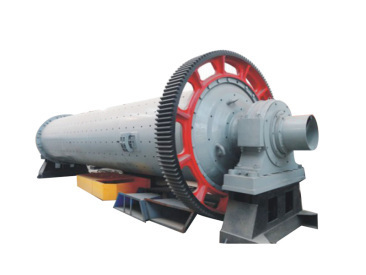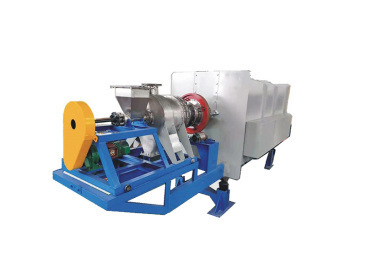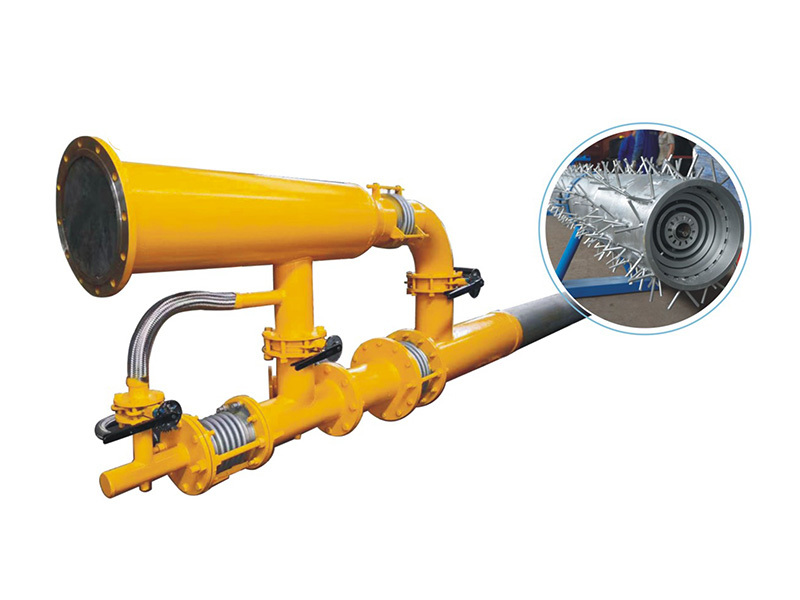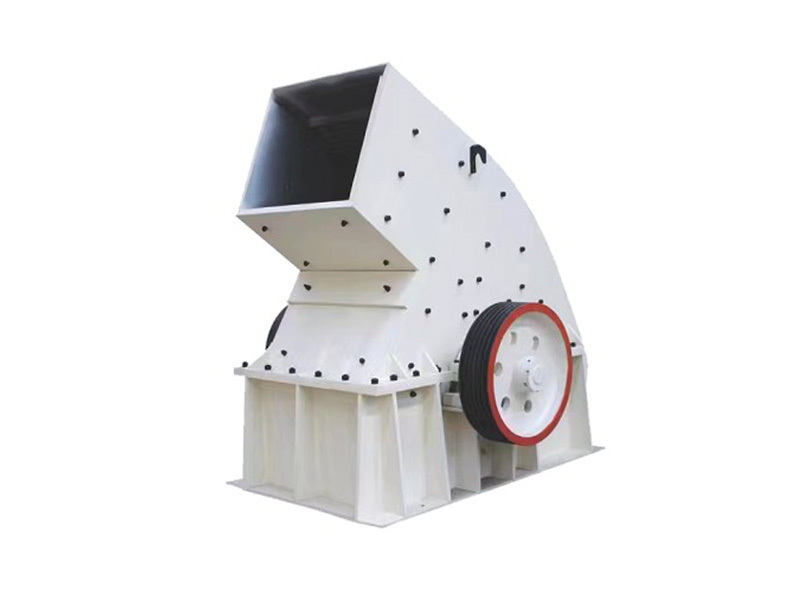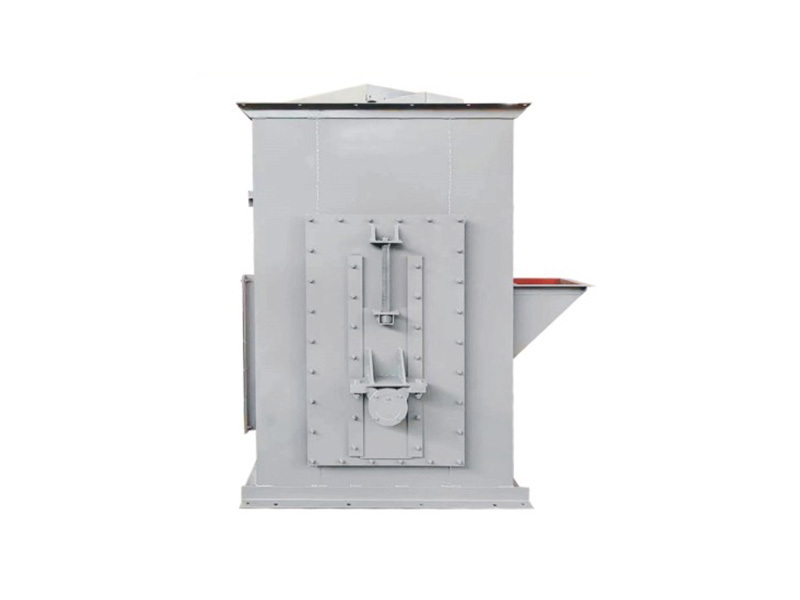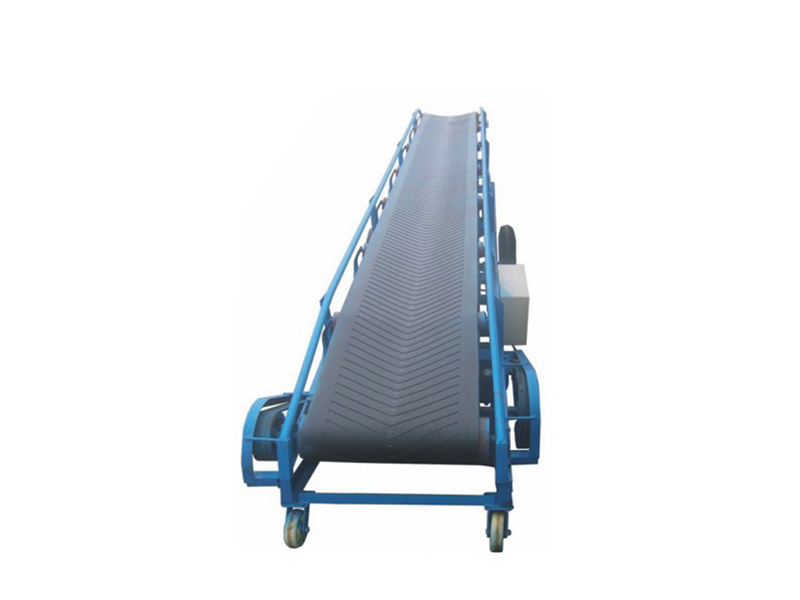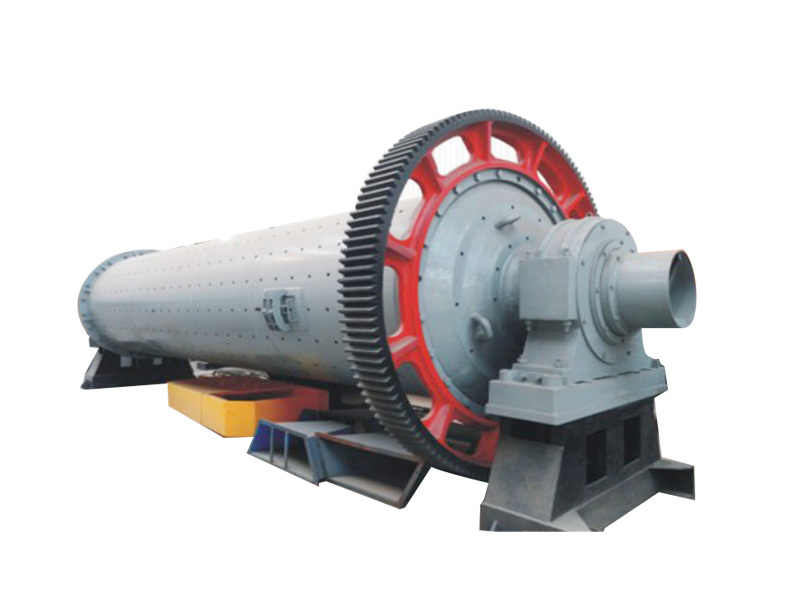Why Vertical Preheaters are Essential for Building Material Processing
Why Vertical Preheaters are Essential for Building Material Processing
Table of Contents
Introduction to Vertical Preheaters
The Importance of Vertical Preheaters in Manufacturing
How Vertical Preheaters Operate
Benefits of Using Vertical Preheaters
Energy Efficiency
Improved Product Quality
Space-Saving Design
Applications of Vertical Preheaters
Choosing t
Why Vertical Preheaters are Essential for Building Material Processing
Table of Contents
- Introduction to Vertical Preheaters
- The Importance of Vertical Preheaters in Manufacturing
- How Vertical Preheaters Operate
- Benefits of Using Vertical Preheaters
- Applications of Vertical Preheaters
- Choosing the Right Vertical Preheater for Your Needs
- Common Issues and Solutions
- Future Trends in Vertical Preheating Technology
- Conclusion
- Frequently Asked Questions
Introduction to Vertical Preheaters
In the ever-evolving world of building material processing, efficiency and quality are paramount. **Vertical preheaters** have emerged as a crucial component in this landscape, offering manufacturers a way to enhance their operational efficiency. This article will explore the vital role vertical preheaters play in building material processing, focusing on their design, functionality, and benefits.
The Importance of Vertical Preheaters in Manufacturing
Vertical preheaters serve as instrumental players in the material preparation phase of building material production. By preheating materials before they undergo further processing, these devices significantly influence the subsequent stages of production.
Their importance can be summarized in several key aspects:
1. **Enhanced Material Handling**: Preheating materials makes them easier to work with, reducing the risk of fractures or defects during processing.
2. **Increased Productivity**: Preheated materials can be processed more quickly, leading to higher output rates and improved overall productivity.
3. **Quality Control**: Consistent preheating ensures that materials maintain their integrity and quality throughout the manufacturing process.
How Vertical Preheaters Operate
Vertical preheaters are designed to utilize the principle of heat exchange. The process typically involves several stages:
1. **Material Input**: Raw materials are fed into the preheater, where they are positioned vertically to maximize exposure to heat sources.
2. **Heating Mechanism**: The preheater employs various heating methods, such as direct or indirect heating, to raise the temperature of the materials.
3. **Heat Transfer**: As the materials ascend through the preheater, they come into contact with heated surfaces or gases, allowing for efficient heat transfer.
4. **Material Output**: Once the desired temperature is reached, the preheated materials exit the device, ready for further processing.
This operational framework underscores the efficiency and effectiveness of vertical preheaters in preparing materials for subsequent manufacturing stages.
Benefits of Using Vertical Preheaters
The adoption of vertical preheaters offers numerous advantages that make them indispensable in the building material processing industry.
Energy Efficiency
One of the most significant benefits of vertical preheaters is their energy efficiency. These systems are designed to minimize energy consumption while maximizing output. By preheating materials, manufacturers can reduce the energy required in subsequent processing stages, ultimately leading to lower operational costs.
Improved Product Quality
Vertical preheaters enhance the quality of processed materials. By ensuring consistent heating, these devices help maintain the integrity of the materials, reducing the likelihood of defects. The result is a higher-quality final product that meets stringent industry standards.
Space-Saving Design
The compact design of vertical preheaters makes them an excellent choice for manufacturers with limited floor space. Their vertical orientation allows for efficient use of space, enabling facilities to maximize production capabilities without requiring extensive modifications to existing layouts.
Applications of Vertical Preheaters
Vertical preheaters find applications across various sectors within the building material processing industry. Some of the most common applications include:
1. **Cement Production**: Preheating raw materials like limestone ensures optimal processing and enhances the quality of the final cement product.
2. **Bricks and Tiles Manufacturing**: Preheated clay or other materials improve the firing process, resulting in stronger and more durable products.
3. **Glass Manufacturing**: Preheating batch materials helps in the efficient melting process, reducing energy consumption and enhancing product quality.
These applications highlight the versatility and essential role of vertical preheaters in diverse manufacturing processes.
Choosing the Right Vertical Preheater for Your Needs
Selecting the appropriate vertical preheater is crucial for maximizing operational efficiency. Consider the following factors when making your choice:
1. **Material Type**: Different materials require specific heating methods and temperatures. Ensure that the preheater is compatible with your specific materials.
2. **Production Volume**: Assess your production needs to determine the appropriate size and capacity of the vertical preheater.
3. **Energy Source**: Consider the available energy sources and select a preheater that aligns with your energy efficiency goals.
4. **Budget Considerations**: Evaluate the total cost of ownership, including initial investment, operational costs, and maintenance requirements.
By carefully considering these factors, manufacturers can select a vertical preheater that best meets their operational needs.
Common Issues and Solutions
While vertical preheaters are highly efficient, manufacturers may encounter some common issues:
1. **Overheating**: Excessive temperatures can lead to material degradation. Implementing temperature control systems can mitigate this issue.
2. **Uneven Heating**: Inconsistent heating can affect product quality. Regular maintenance and calibration are essential to ensure uniform temperature distribution.
3. **Mechanical Failures**: Wear and tear can occur over time. Establishing a routine maintenance schedule can help identify potential issues before they escalate.
Addressing these concerns proactively can enhance the longevity and efficiency of vertical preheaters.
Future Trends in Vertical Preheating Technology
The landscape of vertical preheating technology is continually evolving. Several emerging trends are shaping the future of this essential equipment:
1. **Smart Technology Integration**: The incorporation of IoT devices and smart sensors will enable real-time monitoring and control of preheating processes, enhancing efficiency and reducing downtime.
2. **Sustainability Initiatives**: As the industry shifts towards more sustainable practices, vertical preheaters will increasingly focus on reducing energy consumption and utilizing renewable energy sources.
3. **Advanced Materials**: The development of new materials with improved thermal properties will enhance the performance of vertical preheaters, allowing for better heat retention and distribution.
These trends indicate a promising future for vertical preheaters, aligning with the industry's goals of efficiency and sustainability.
Conclusion
Vertical preheaters are essential components in the building material processing industry, offering numerous benefits that enhance efficiency, product quality, and operational flexibility. Their innovative design and functionality make them a critical investment for manufacturers looking to improve their production processes. As technology continues to evolve, vertical preheaters will play an increasingly vital role in shaping the future of building material manufacturing.
Frequently Asked Questions
1. What is the primary function of a vertical preheater?
The primary function of a vertical preheater is to raise the temperature of raw materials before processing, ensuring smoother and more efficient manufacturing.
2. How does a vertical preheater differ from a traditional preheater?
Vertical preheaters are designed for optimal space utilization and energy efficiency, utilizing a vertical arrangement to enhance heat transfer compared to traditional horizontal models.
3. Can vertical preheaters be used for all types of building materials?
While many materials can benefit from preheating, it's essential to choose a preheater tailored to specific material types to ensure optimal performance.
4. What maintenance is required for vertical preheaters?
Regular maintenance should include monitoring temperature controls, checking for mechanical wear, and ensuring consistent heating performance.
5. Are vertical preheaters energy-efficient?
Yes, vertical preheaters are designed to maximize energy efficiency, reducing overall energy consumption during the manufacturing process.
Incorporating vertical preheaters into your building material processing operations can significantly enhance efficiency and product quality, positioning your business for success in a competitive landscape.
Recommend Content
Industrial Rotary Kilns: Key Factors for Optimal Performance in Material Processing
Industrial Rotary Kilns: Key Factors for Optimal Performance in Material Processing
Rotary kilns are a cornerstone in various industrial applications, particularly in the processing of materials such as cement, lime, and ceramics. The effectiveness and efficiency of these kilns significantly influence production output and operational costs. In this in-depth exploration, we will elucidate the **ke






